History of Pobitora National Park
Pobitora Wildlife Sanctuary – earlier it was a dense marshland surrounded by paddy fields and farmland which was maintained by local villagers. They protected it from outsiders as well as rhinoceros, cattle, and wild bulls. Pobitora became a reserved wooded area in the year of 1971 with the approval done by Government of Assam Tourism. After the unexpected turn down on the rhino population caused by various reasons including stealing, Assam tourism, and the Assam Government took immediate action and declared Pobitora a wildlife sanctuary. The Government of India included Pobitora Wildlife Sanctuary with the association of a rhino breeding program named "Indian Rhino Vision 2020".
Wildlife in Pobitora
Pobitora is important and shows stealer for its Indian one-horned rhinoceros. Apart from rhinoceros, other animals include leopards, wild boars, barking deer, and wild buffalo. Assam’s Pobitora Wildlife Sanctuary is also dwelling to more than 2000 migratory birds and various reptiles. It is also a significant bird area which offers more reasons to be here. In Pobitora sanctuary, there are now around 107 rhinos and there is a 10 % increase in the rhino population over the last six years. These rhinos are fully dwelling on a simple 16 sq km area of the park. Apart from this Pobitora has a total of 22 species of mammals, 27 species of reptiles, 80 species of Butterflies, 09 species of amphibians and 8 species of turtles. The presence of huge number of avifauna species makes it paradise of birds on this earth.
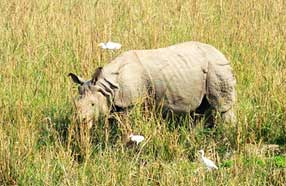
An Area Overview of the Pobitora
Pobitora is comparatively smaller in size as compared to other National Parks in Assam which serve as a breeding ground for the Indian One Horned Rhinos namely Manas National Park, Kaziranga National Park and Orang National Park. It is only because of the small in size Pobitora has been able to establish its identity in having the highest population density of Indian Rhino anywhere in the world. The entire region around the sanctuary is a part of Brahmaputra flood plains. It surrounds a number of small hills such as Kasasila hills, Hatimuria hill, Boha hill, Kardia hill, Kamarpur hill, Mitoni hill, Govardan hill, Panbari hill etc.
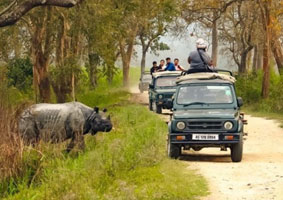
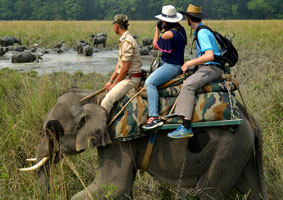
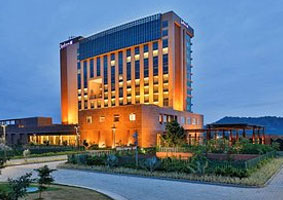

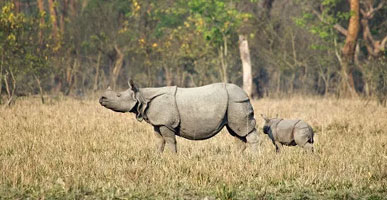
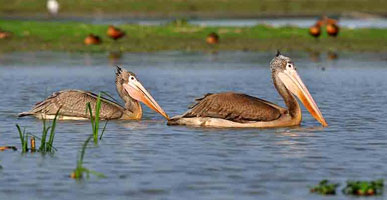
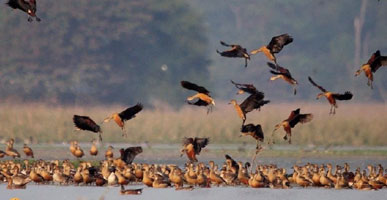





 +91-9599553197
+91-9599553197  info@pobitorawildlifesanctuary.in
info@pobitorawildlifesanctuary.in

